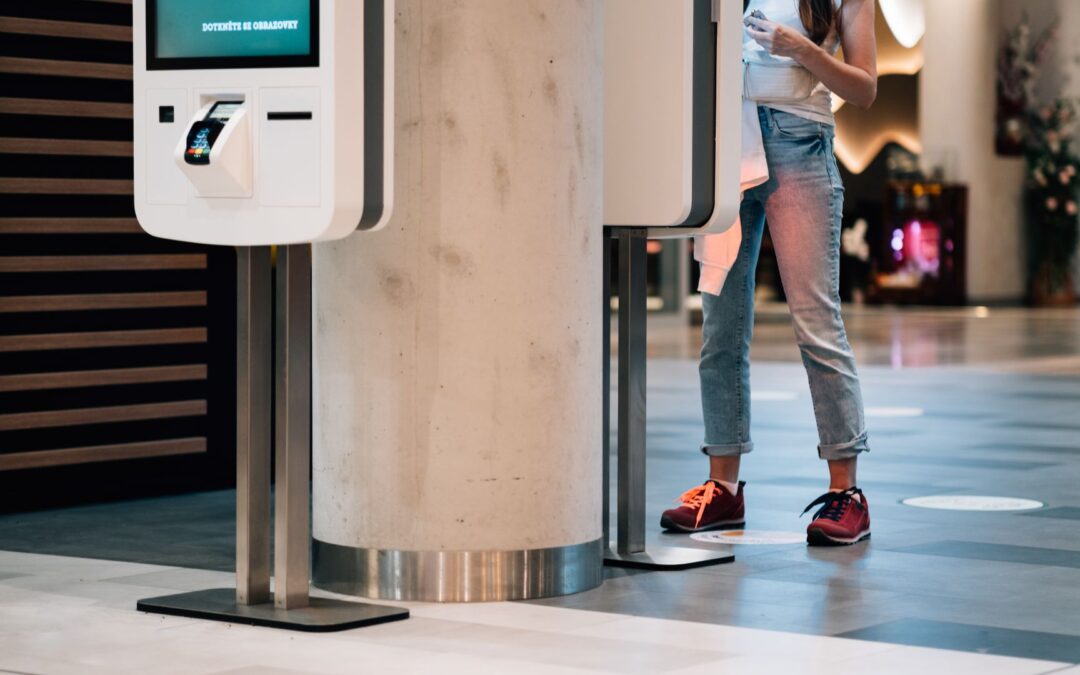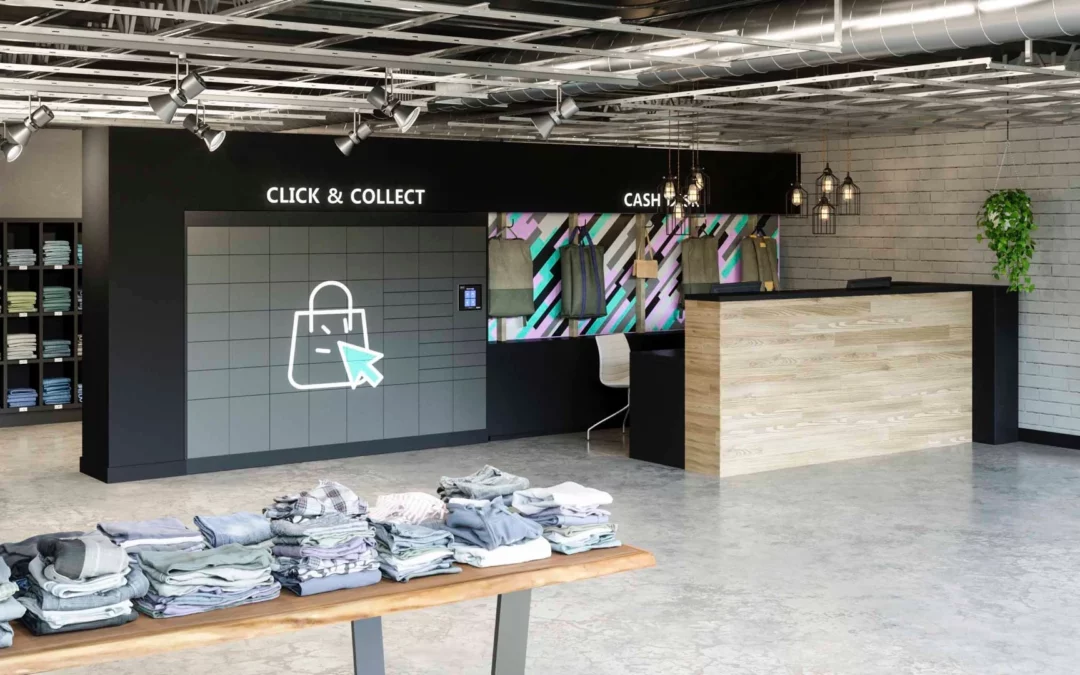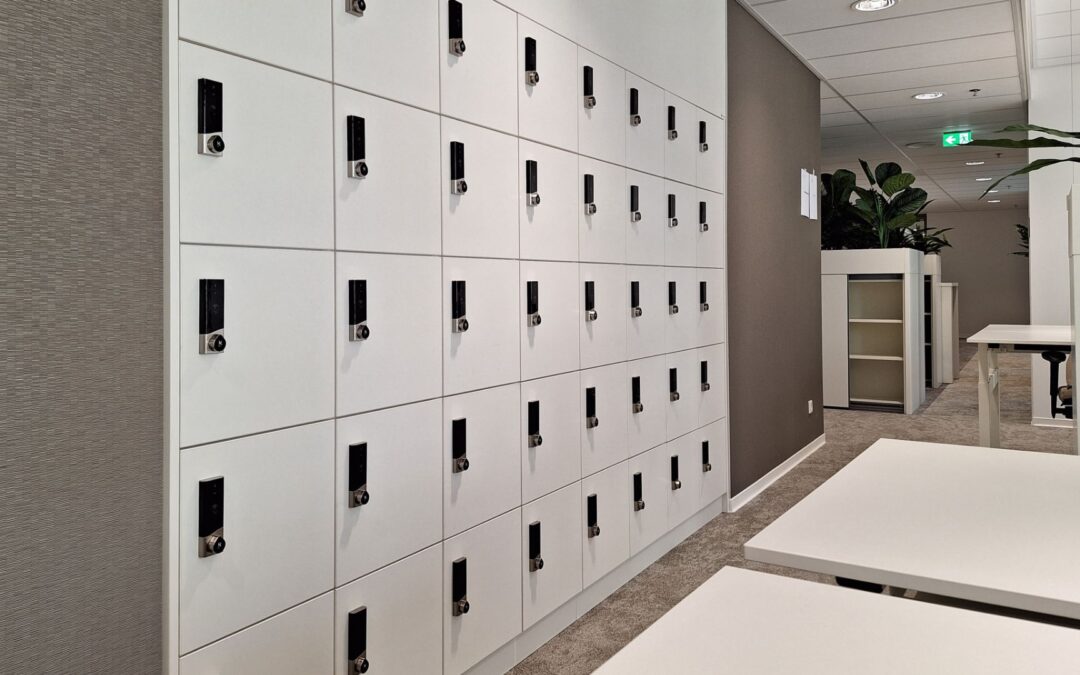While many organisations are looking into improving the workplace and employee experience to attract and retain talent, collecting data is the fundamental start of understanding office usage to improve the overall experience.
But why is this changing? What metrics should we take into consideration while creating a Human-Centric Workplace?
Earlier this month, the Workspace Design Show in London gathered the top architects, designers & corporates across the industry, sharing thought leadership on how Modern Office Design is evolving under the trend of returning to the office.
In today’s blog, we will cover a round-up of one of the talks, “Data-Driven Designs to Improve the Employee Experience”, which points out the shift of measurements that the industry looks at with data-driven designs. In addition, we will share the 3 key components of a Human Centric Workplace.
Speakers: Tim Oldman (CEO, Leesman), Gill Parker (CEO, BDG Architecture + Design), Caroline Pontifex (Director, Workplace Experience, KKS Savills) and Cristiano Testi (Principal Director, tp bennett)
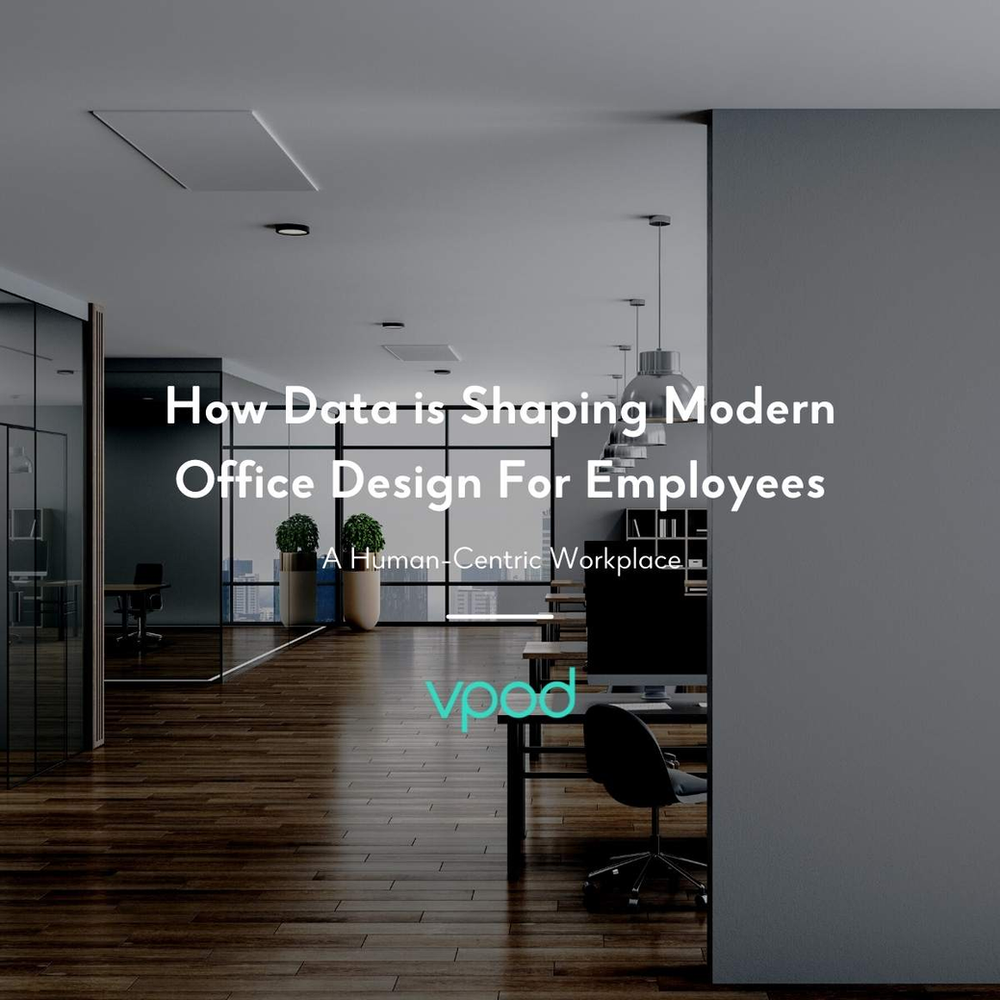
What is a Human-Centric Workplace?
With organisations renovating their offices to bring the employees back to the office, human-centred design is shaping the Modern Workplace.
Applying Human-centric design in the office means solving the problem that starts with the people that are using the space and ends with new solutions that are tailored to their needs.
A Human-Centric Workplace revolves around the people and considers their specific needs, creating a space that empowers the employees to mobilise themselves, collaborate with the teams, adapt to it quickly and grow.
The “one-size-fits-all” office design is no longer suitable for the modern workplace. Some employees thrive at home, but their productivity decreases when they go back to the office. Therefore, a human-centric workplace should:
- Create spaces for employees to focus, concentrate and have privacy
- Provide spaces and resources that encourage collaboration and interactions
- Not just for in-office employees, a human-centric office also accommodates visitors, hybrid workers and guests
The importance of data collection for a Human Centric Workplace
Data collection is vital in many aspects of the workplace. From visitor details, and building usage, to employee feedback. Understanding how people are using the workplace should be the fundamental base of designing an office.
However, although visual space observations, meeting room bookings, or online surveys provide insight into space usage, the speakers point out that Engagement Data is becoming more important than just collecting the numbers.
The understanding of the emotional relationship that people have within the workplace should be put at the forefront.
“Office design is more about understanding the leadership and what their ambitions are.” – Gill Parker, CEO, BDG Architecture
From efficiency to effectiveness, from occupancy to experience
The new working model draws attention to the employee experience, for organisations, employees, and the Design & Build industry that paint the blueprint of the workplace design.
Old data measures are redundant. Modern office design is evolving to be less about the cost of occupancy, building usage, planning density figures or utilisation data and more about the effectiveness and experience.
‘We used to look at the data around space and cost while designing an office space, but now it’s more about the human-centric metrics.” – Cristiano Testi, Principal Director, tp bennett
“People are looking at more of an experience-related data set rather than metrics.” – Gill Parker (CEO, BDG Architecture + Design),
Human-centric data, which refers to the individual experience within the space and environment, can be collected by conversations, feedback, or wearables.
3 components of designing the Human-centric Workplace
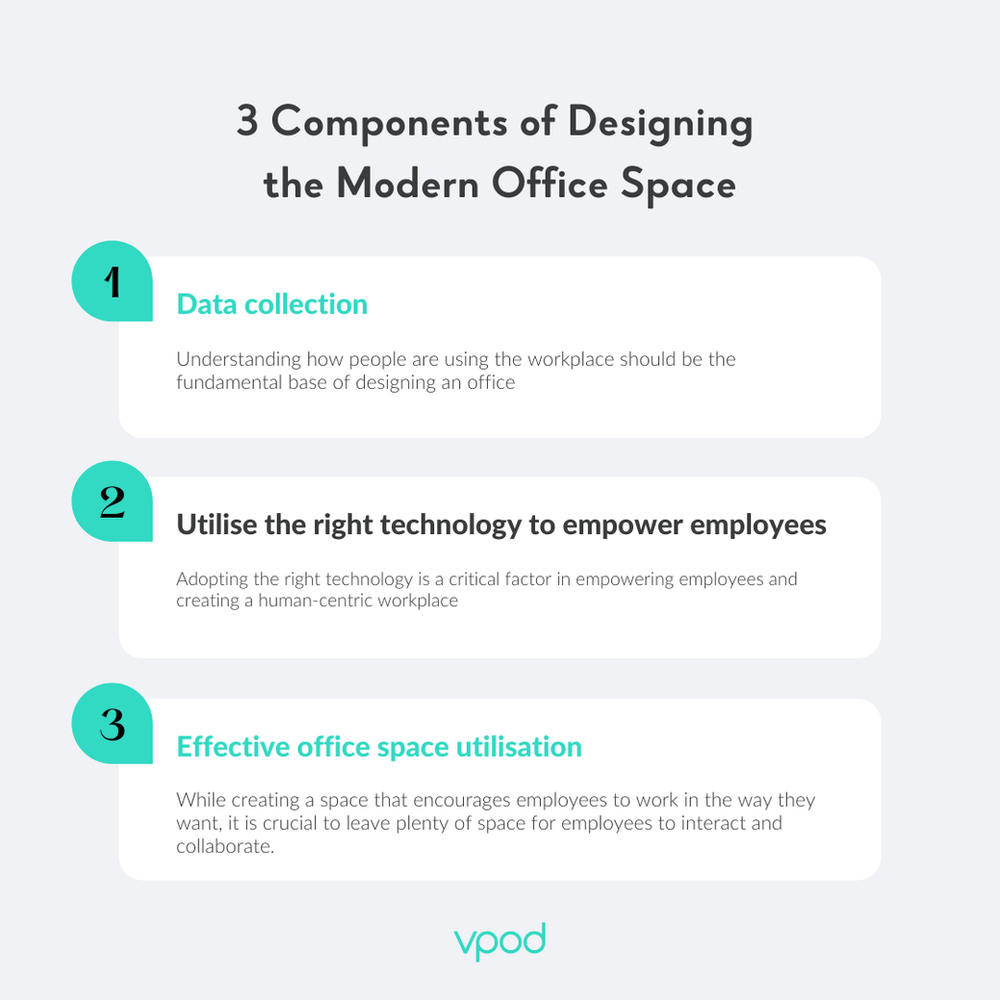
Effective data collection
Visual space observations, online surveys, and meeting scheduler data – those methods serve a purpose but do not provide accurate, real-time insight into office usage.
Visitor management systems are a solution that allows organisations to streamline and automate tedious reception tasks while using technology to monitor, track, and record visitor information and building usage.
Utilise the right technology to empower employees
As we mentioned in our previous blog about how to improve the employee experience, adopting the right technology is a critical factor in empowering employees and creating a human-centric workplace, and yet many organisations appear to be lagging with fears over data security and a perceived lack of cooperation and cohesion among employees.
Read more about how smart workplace technology can help bridge the physical and digital world
Effective office space utilisation
While creating a space that encourages employees to work in the way they want, space efficiency is crucial for employees to have the right space to interact and collaborate.
For example:
Why waste spaces on multiple locker banks when on average, 40% of lockers go unused? An agile locker system combines multiple locker workflows for maximum flexibility, replacing the traditional office space with several multipurpose shared spaces that empower employees to work where, when and in the manner, they choose, equipped with the tools and technology required.
Vpod Smart Solutions offer a smart locker range:
Learn more about our smart locker systems
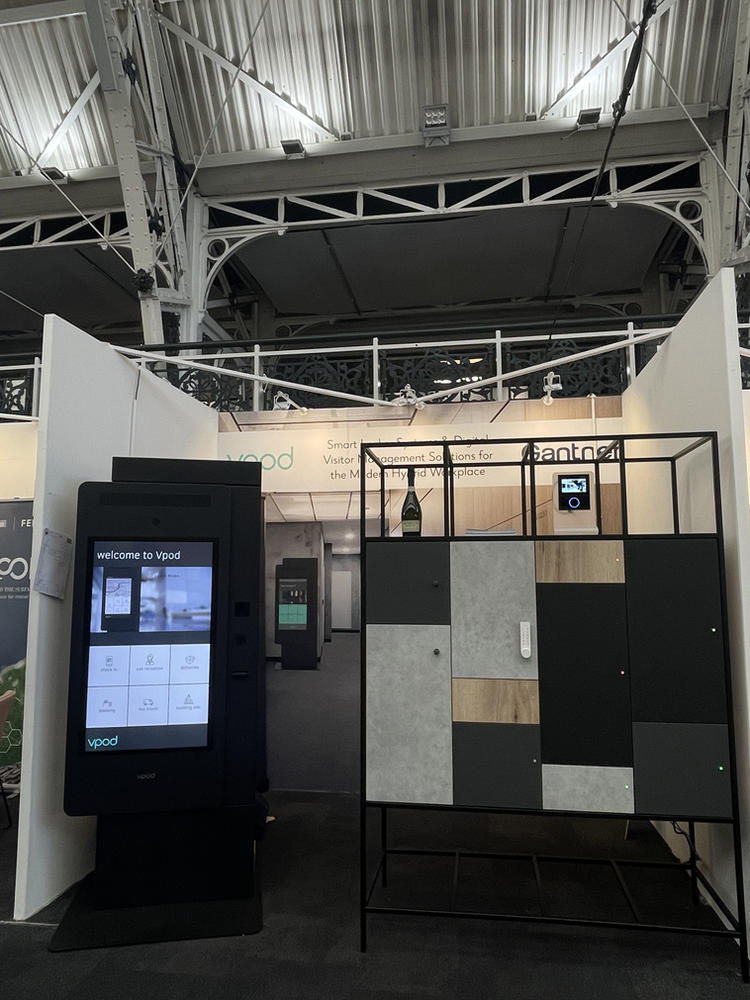
Conclusion
In the modern workplace, collecting data is the fundamental base of office design. It no longer focuses on the old ways of measurement but on the effectiveness and the experience of the workplace. We concluded 3 key components necessary for a Human-Centric Workplace Design:
- Effective data collection
- Utilise the right technology to empower employees
- Effective office space utilisation
“We need to get to a stage where I think the engagement is continuous… It’s a continuous updating of the date set… so from the hard data such as sensors and cameras… to employee feedback. You’ve got to constantly update how your people are experiencing and engaging with your workplace…. And the only way you can do is to create a space and environment that is so adaptable and flexible that has the ability to evolve themselves, that can organically grow, shift, and change.”
– Cristiano Testi (Principal Director, tp bennett)
Further reading
- What is an automated reception?
- Case study: How Digital Concierge Improves The Visitor And Employee Experience
- 4 reasons why lockers for office staff need a renovation
- Face-to-Face vs Virtual Receptionist: Why Not Both?
- Sustainable Workplace: 6 Invisible Initiatives to Achieve it
